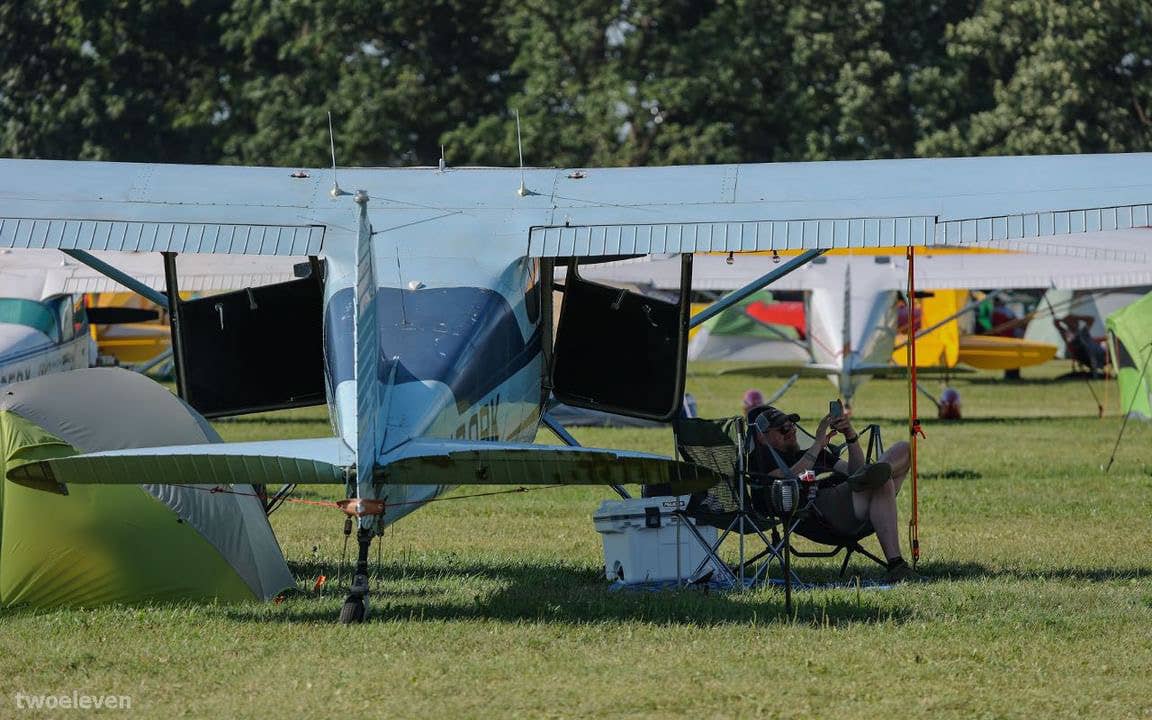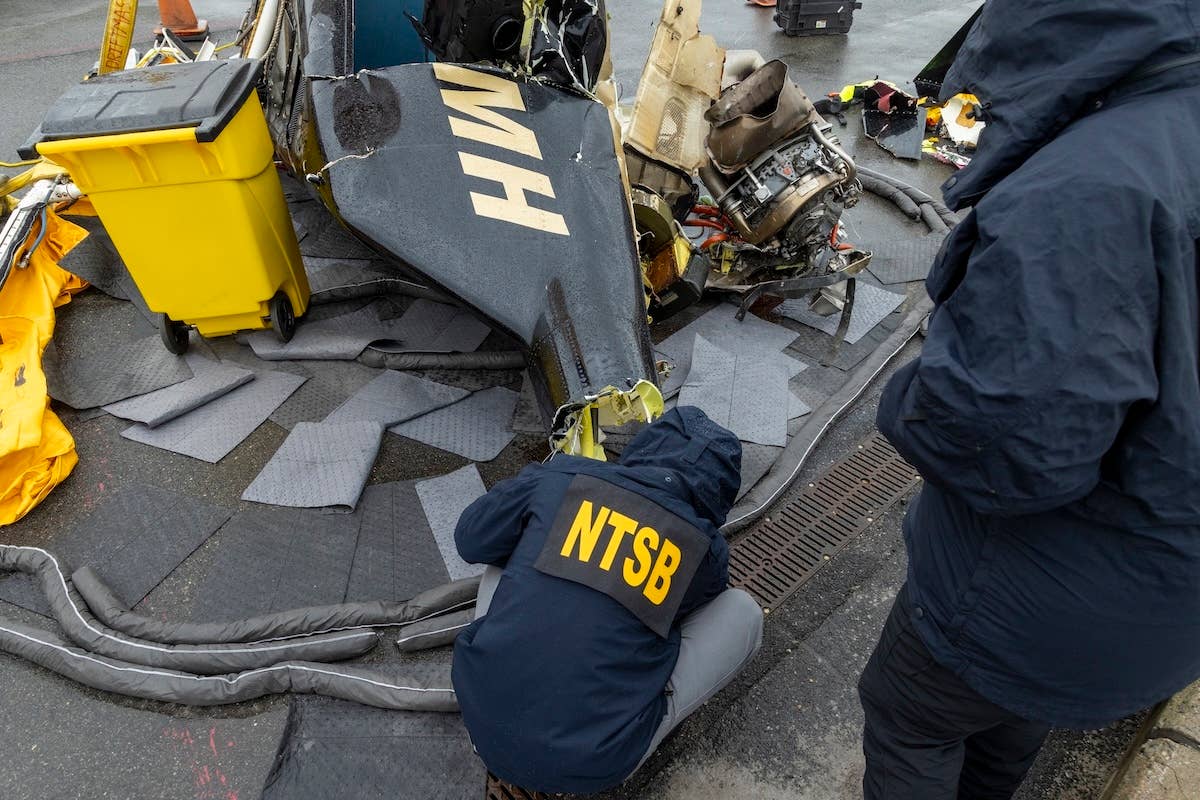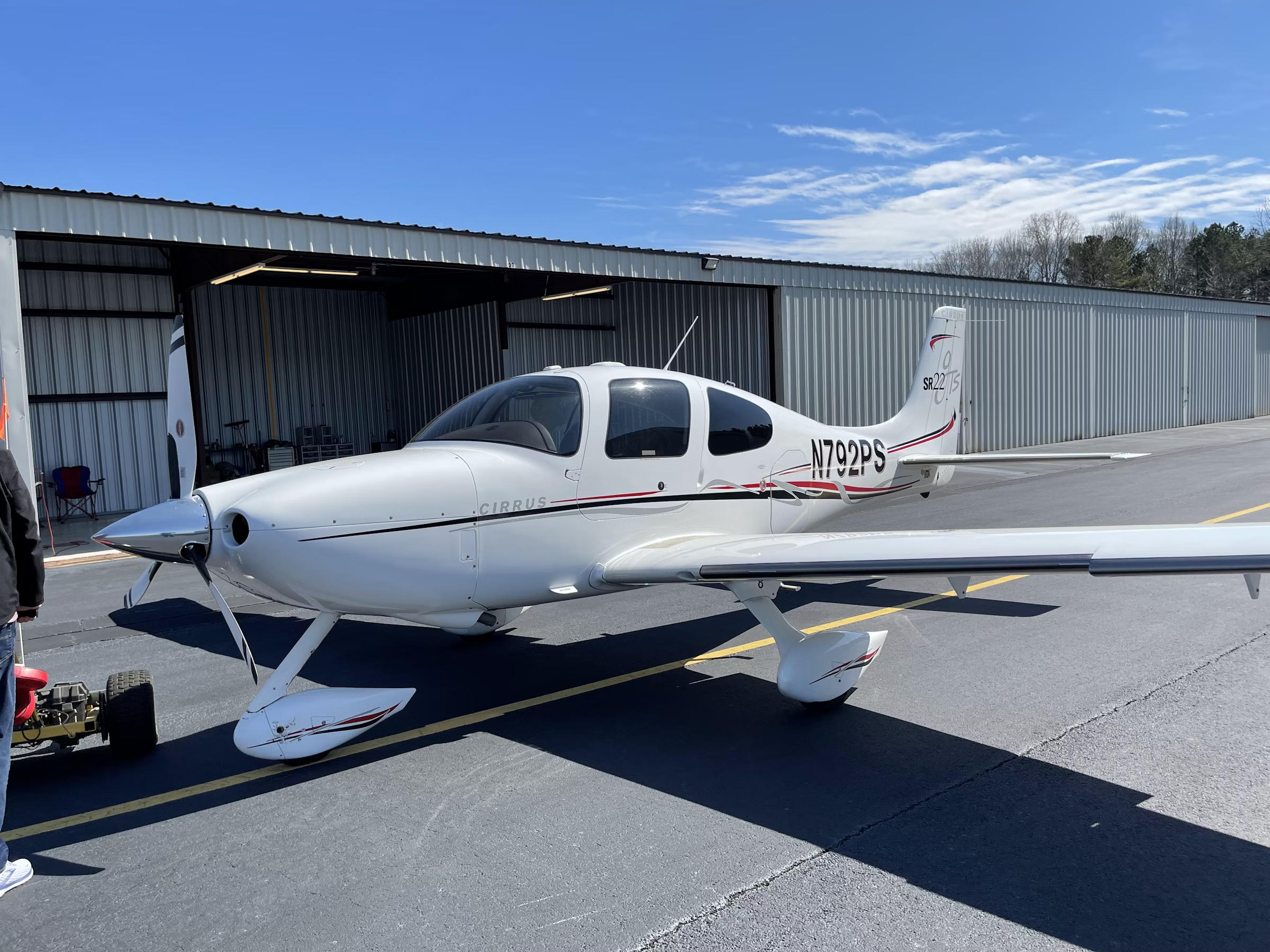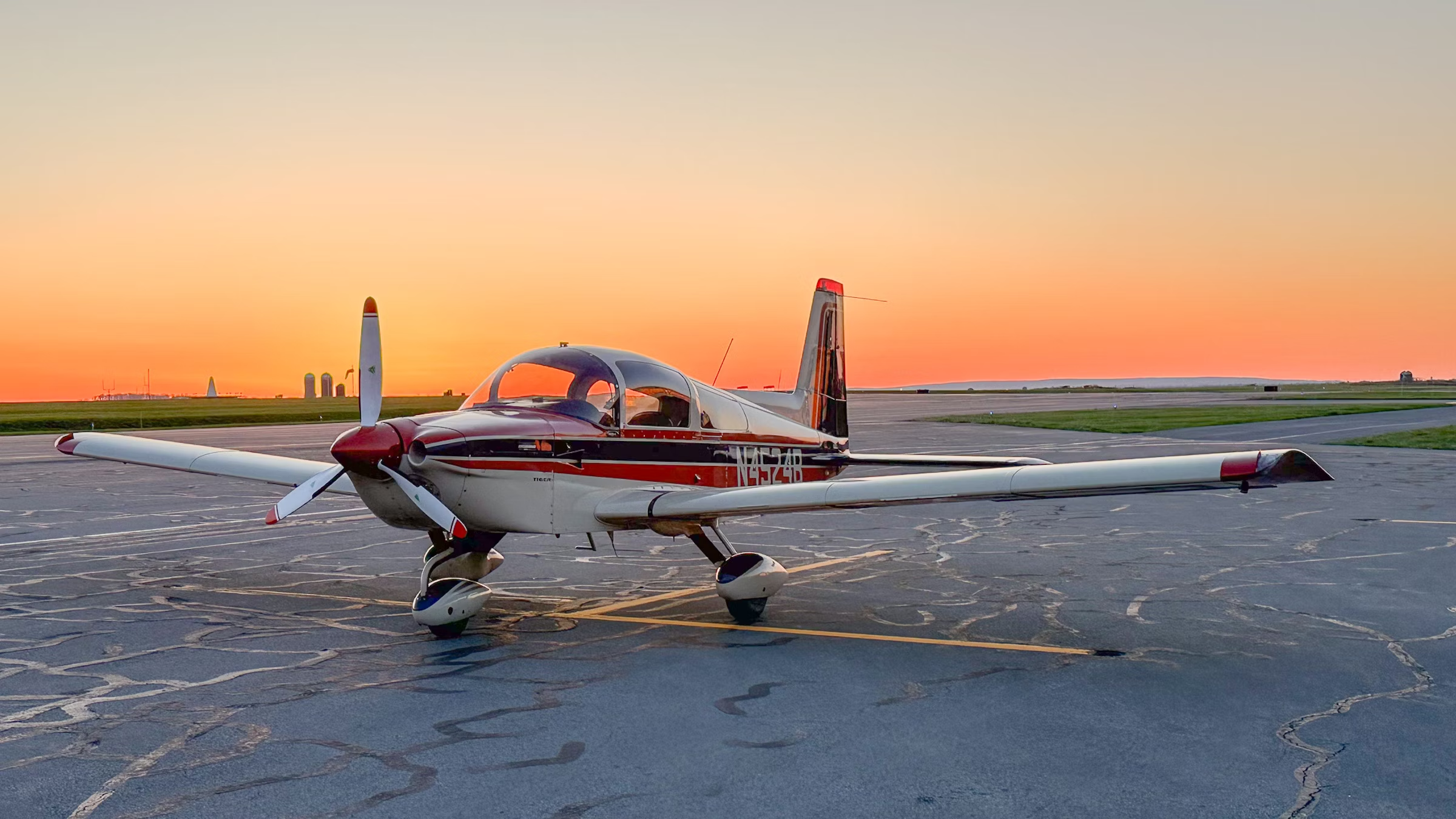Airplane Types Unlock AirVenture Locations for Parking, Camping
So you’re finally an airplane owner. The best place to park and camp at AirVenture in Oshkosh largely depends on what kind you have.

Your aircraft type and year of manufacture dictates where you’re allowed to camp at EAA AirVenture, so plan accordingly. [Credit: Larry Griffiths]
My good friend Chris recently bought his first airplane. It’s over half a century old and has a wooden airframe covered in fabric. He loves it and has been looking forward to flying it to as many fly-ins and get-togethers as possible.
As is the case with any first-time airplane owner, he’s pretty excited and has been asking me all kinds of thoughtful questions about the logistics of flying into the biggest aviation celebration in the world, EAA AirVenture in Oshkosh, Wisconsin. One of his first questions pertained to the geography of the July 22-28 event and in what area he should plan to park and camp.
Without hesitation, I recommended that he join a mutual friend and me in the centrally located vintage area. A solid week of knuckleheaded antics with a couple of old friends as our airplanes are parked side by side at Oshkosh is the stuff of dreams. As I looked into it, however, I discovered that his airplane—a beautiful 1973 Bellanca Super Viking—was built just past the 1971 cutoff for the vintage category.
I found this to be frustrating. I know the cutoff has to be made somewhere, but his Super Viking is relatively rare, with a sweet design and old-school craftsmanship. It seems wrong that it’s not permitted in the vintage area while scores of Bonanzas and Mooneys that are barely distinguishable from their 1980s-era counterparts fill the rows there.
As it turns out, the Experimental Aircraft Association clearly defines not just the vintage category of aircraft but the subcategories as well. Within vintage, they are as follows:
- Antique: Aircraft manufactured before August 31, 1945
- Classic: Aircraft manufactured from September 1, 1945, through December 31, 1955
- Contemporary: Aircraft manufactured from January 1, 1956, through December 31, 1970
Chris, therefore, needed a quick lesson on the lay of the land at AirVenture. And so I presented him with an overview of his options, such as they are.
As his aircraft doesn’t fit into the EAA’s categories of vintage, experimental, or warbird, he will be directed to one of two areas upon landing—the “North 40” or the “South 40." Located at the far north and far south ends of Wittman Regional Airport (KOSH), respectively, these are the largest areas where most airplane owners park and camp.
They are, however, quite different. And while arriving aircraft are not guaranteed to have a choice of which they’ll be directed toward after landing, pilots can print and display a sign requesting one or the other.
If the incoming traffic flow and the workload of the ground marshallers allow, they’ll direct you to your preferred area. So it’s good to know how they differ.
Additionally, each area has its own unique vibe, with differences not readily apparent in the Oshkosh Notice and markedly different pros and cons. Here’s how I described them to Chris:
North 40
The North 40 is the area surrounding Runways 9-27 at the north end of the airport.
It’s got a lot going for it. The proximity to businesses and restaurants makes it easy to walk to grab a bite of non-EAA food or pick up some supplies. The latter comes in handy when a severe storm approaches and materials for last-minute hail protection suddenly become needed.
Because parking/camping spots are arranged on both sides of the runway, the views of arriving and departing aircraft are fantastic. One needs only walk to the end of their row to sit and watch all the arrivals and departures. It’s not at all unusual for your morning wake-up call to come in the form of multiple P-51s banking directly overhead as they depart for a dawn patrol formation flight. Few alarms are so sublime.
Amenities abound in the North 40. In addition to a small shower trailer on the north side of 9-27, the south side has two separate shower/restroom buildings. Several rows down, there is also a cafe that serves full meals and a small store for toiletries, snacks, and necessities.
A regular procession of dedicated school buses makes constant loops from the show entrance to the Basler ramp in the northeast corner of the airport. Simply flag down one as needed, settle in among your new friends for the ride, and call out the row number where you’d like to be dropped off. I like to leave a small tip for the driver after reaching my destination.
The biggest downside? The steady noise from Interstate 41 and adjacent roads. While mostly just background noise, it adds something of a rest area vibe to an otherwise magical aviation experience. At night, it’s not uncommon for an errant semitruck, Harley-Davidson, or emergency vehicle to wake you up from an otherwise peaceful slumber.
South 40
If the North 40 is city living, the South 40 is quiet life out in the country.
The very southern end borders a 55 mph county road, but there’s otherwise no automobile traffic noise to speak of at night. It’s a peaceful, relaxing vibe.
While the peaceful tranquility is nice with respect to cars, it’s a bit of a downer when it comes to airplanes. Situated well south of Runway 36-18, there are no great views of the runway and only approaches—not landings—are visible from most rows. The vast majority of the South 40 is well south of the action.
The EAA has done a good job bringing the recently expanded South 40 up to speed with amenities. It still falls short of the North 40, but it now has a small store, and showers are easy to find. In addition, there are now more numerous and more frequent shuttles to and from the main show grounds, making it easier to get back and forth.
For those regularly frequenting the ultralight strip, the South 40 sits in relatively close proximity. Campers stuck walking back to their airplanes after the legendary STOL demo and Twilight Flight Fest face a walk of only a mile to the most distant row in the South 40. This compares with a walk of nearly three miles to the most distant row of the North 40 and provides strong motivation to catch the last shuttle before being shut down for the night.
Armed with a clearer understanding of his camping options, Chris is now better prepared for his first trip to AirVenture in his first airplane. With any luck, the EAA will gradually expand the cutoff for the vintage category to include his sweet Viking.
Until then, I’m sure he’ll have a blast wherever he ends up.

Sign-up for newsletters & special offers!
Get the latest FLYING stories & special offers delivered directly to your inbox






